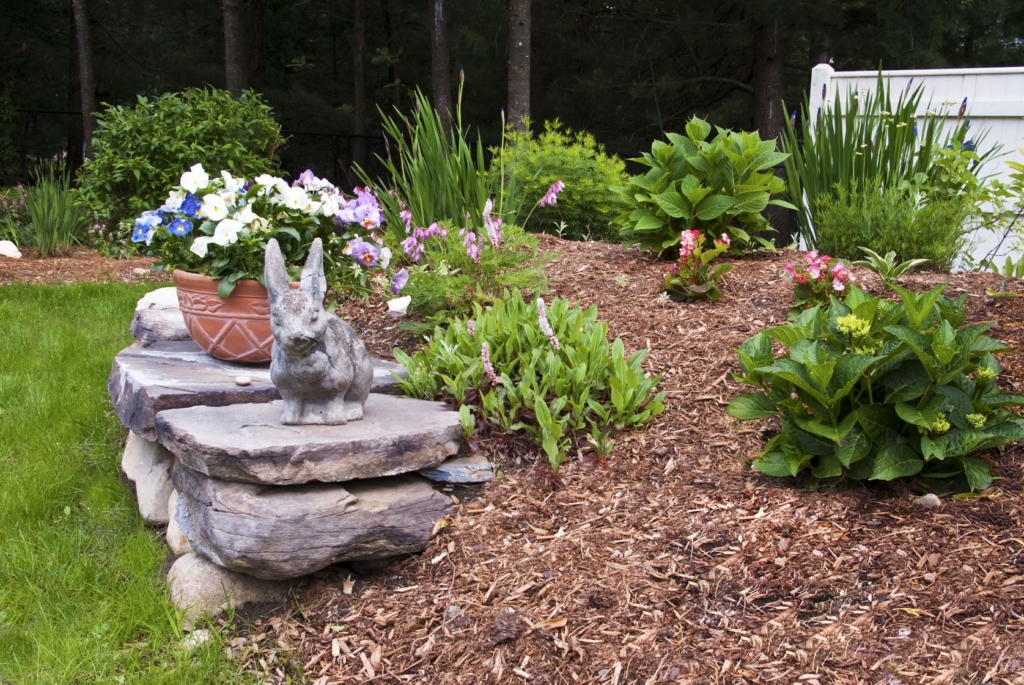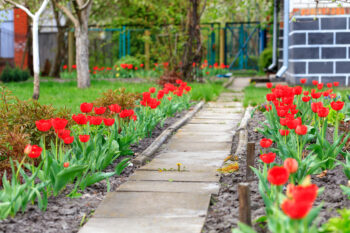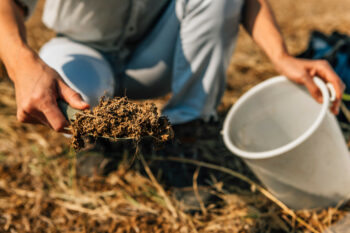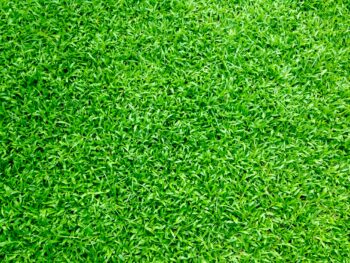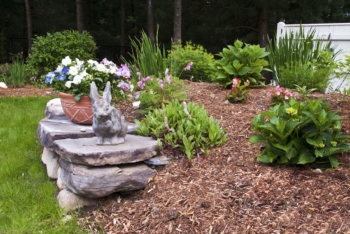 Mulching and pulling weeds in fall is an important component of year-round lawn care. Fall lasts from September 21st, the autumnal equinox, to December 21st, the winter solstice.
Mulching and pulling weeds in fall is an important component of year-round lawn care. Fall lasts from September 21st, the autumnal equinox, to December 21st, the winter solstice.
What does that have to do with lawn care? Well, it means fall is the season when nature herself begins to slow down. That includes every living thing in your yard…except for a few tenacious weeds!
Mulching helps fortify your lawn and garden for the winter, by providing organic nutrients. Pulling weeds is important for reducing the amount that can re-emerge next spring.
The thing is, you want to mulch your garden without the issue of weeds getting in the way. If you mistakenly include weed seeds in your mulch mixture, you give them a chance to “overwinter” and come to life in the spring.
Here are a couple of great tips that can prevent this from happening, as well as give you a better chance of a good spread of mulch nutrients for your garden.
Weeding
It’s a good idea to avoid the weeds that are present in the fall, due to the risk of germination as soon as you touch the actual weeds. However, if you want to tackle this, a sharp blade that cuts the roots of the weed cleanly is a solid method.
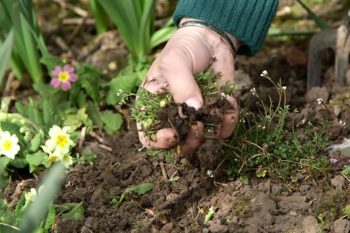 One of the best times during fall to weed is when it’s wet. A rainy day is the best approach, offering malleable soil that makes it easier to pull up the entire root system of the weeds.
One of the best times during fall to weed is when it’s wet. A rainy day is the best approach, offering malleable soil that makes it easier to pull up the entire root system of the weeds.
A common saying goes: “pull when wet, hoe when dry.” this is exactly what you want to do if you are going to battle weeds.
It’s a good idea to behead weeds if you can’t get a clean cut to the root. This prevents germination via wind or rain water carrying the weed seeds. A 3-prong fork for gardening is a great tool to use for this approach.
Check out our Lawn Weeds Identification Guide for more info on how to spot, treat, and prevent unwanted weeds in your yard.
Mulching
You want to make sure that you have a decent layer of mulch. 2 inches is recommended, as the ground can still breathe but it has a decent enough layer to stop weed seeds growing through to the surface.
If you apply more than 3 inches of mulch, this can starve the ground and do more damage than good for your garden and plants.
Drying leaves and freshly cut grass are great ingredients for mulching. Additionally, if you’ve recently pruned your garden, you can mow over and bag the remains to add to your mulch pile.
If you’d rather have the professionals take care of your mulching, visit our Mulch Installation service page.
Other Considerations
Another great tip is choosing a proper distance, as far as planting new plants. You want to plant close together to stop the gaps, giving the weeds the ability to grow through, so a close gap between plants is a good approach to stop this.
Plants create their own little ecosystem when planted together. The root network in the ground is filled with a strong grasp of the soil, providing the ability to absorb the nutrients more effectively.
In order to get the crucial nutrients for your garden, you want to use decent topsoil products when mulching. Follow the steps included with the product regarding how much to apply, as well as watering recommendations.
If these steps for mulching and weed pulling are followed, you should have a successful mulching session that keeps weeds at bay while fortifying your lawn. Your grass will grow back healthy and verdant, and the springtime weed cleanup will be noticeably less.

